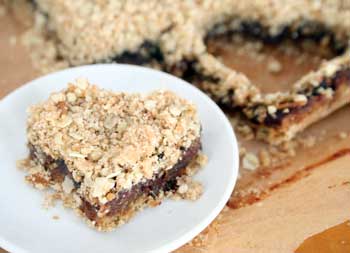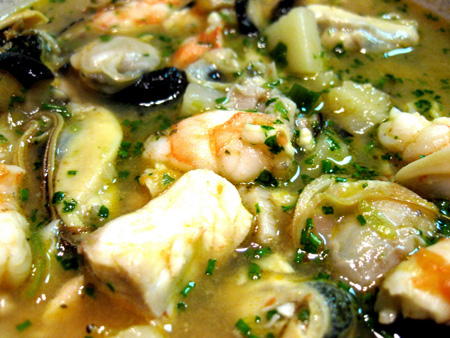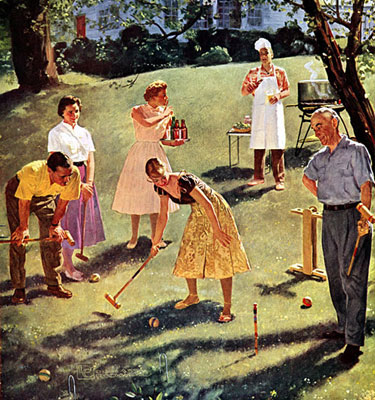 When was the last time you ate a date bar? I haven’t had one in years. In fact, I can’t remember the last time I’ve even given thought to that deliciously sweet, rich layered dessert.
When was the last time you ate a date bar? I haven’t had one in years. In fact, I can’t remember the last time I’ve even given thought to that deliciously sweet, rich layered dessert.
Not long ago, I received an email request for a date bar recipe. My thoughts swiftly went back to the date bars my dad’s cousin used to make using a recipe that had been in my dad’s family for years — maybe generations. Following the visions of date bars running through my head came the date-filled cookies I used to get from the Rothsay Truck Stop. On my trips from Fargo to Minneapolis, I could never pass up the I-94 exit that took my car up the ramp and right into a parking spot in front of the large plate glass window that looked into the little cafe attached to the gas station. I’d walk up to the counter lined with bar stools and order half dozen of the homemade date-filled cookies. A waitress would pull the large, soft cookies from a glass jar on a shelf and slide them into a paper bag. Chewy and not too sweet, they were a date-lovers dream. They were an easy snack to eat out of hand in the car. The truck-stop cafe is still there. The date-filled cookies are not.

 Cioppino is said to have originated among fishermen who made their dinners out of the fish and shellfish they couldn't sell in the morning. Although it has evolved into a pricey item on upscale menus, at heart cioppino is comfort food.
Cioppino is said to have originated among fishermen who made their dinners out of the fish and shellfish they couldn't sell in the morning. Although it has evolved into a pricey item on upscale menus, at heart cioppino is comfort food. Personally, I love the wedgie. I've had them lots of places...some fancy, some not so fancy. They are a little different everywhere, the dressing that is, not the wedge.
Personally, I love the wedgie. I've had them lots of places...some fancy, some not so fancy. They are a little different everywhere, the dressing that is, not the wedge. If man could only have one pan, it would probably have to be an iron skillet. You can fry, bake, sear and roast with these workhorses of the kitchen. Baking, as in cornbread, is most often thought of when using these pans for non-frying purposes, but there is a class of cakes that take the cake when it comes to iron skillet cooking, and the Pineapple Upside Down Cake is one of them.
If man could only have one pan, it would probably have to be an iron skillet. You can fry, bake, sear and roast with these workhorses of the kitchen. Baking, as in cornbread, is most often thought of when using these pans for non-frying purposes, but there is a class of cakes that take the cake when it comes to iron skillet cooking, and the Pineapple Upside Down Cake is one of them. Hummus and I go way back. I couldn't imagine my college years without
the chickpea dip. It was always there for me when I needed an impromptu
dorm room dinner or when I had friends over. I love to dip into hummus
with soft pita or even tortilla chips, never those awfully hard pita
chips, which have the texture of wood chips. Hummus is now so popular
that you can find it around the world, but this dish has Arabic origins.
Hummus and I go way back. I couldn't imagine my college years without
the chickpea dip. It was always there for me when I needed an impromptu
dorm room dinner or when I had friends over. I love to dip into hummus
with soft pita or even tortilla chips, never those awfully hard pita
chips, which have the texture of wood chips. Hummus is now so popular
that you can find it around the world, but this dish has Arabic origins.
